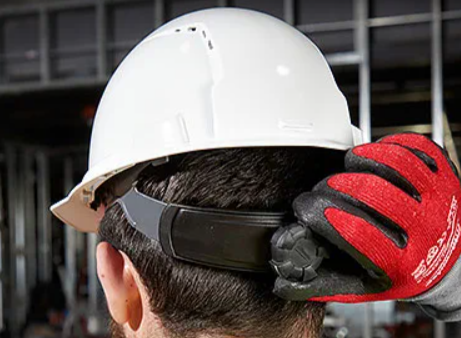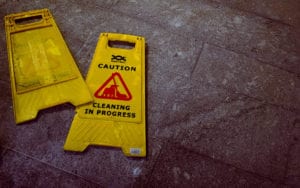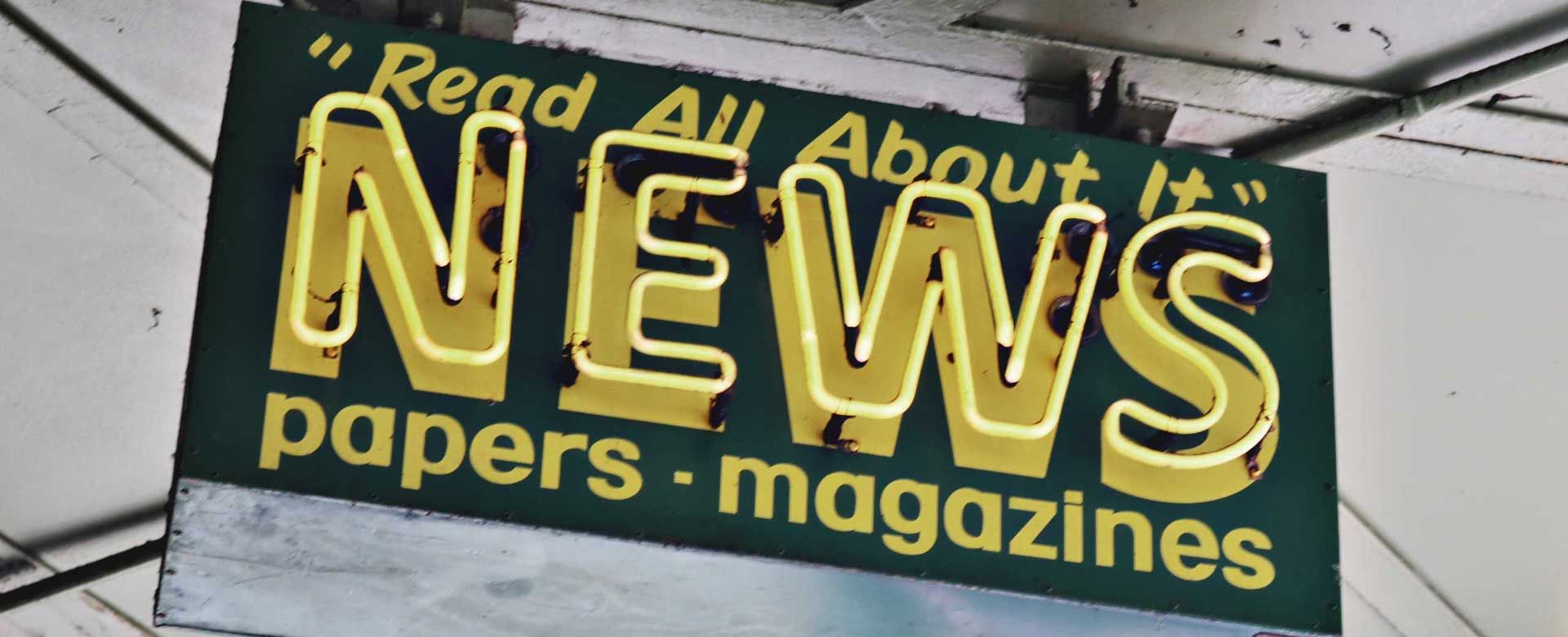- Industrial Supplies
- Coating & Finishing Systems
- Compressed Air Systems
- Assembly Tools
- Industries Served
- Aerospace & Defense
- Automotive & Specialty Vehicles
- Cannabis
- Construction & General Contracting
- Countertop Fabrication & Installation
- Food Processing
- Healthcare & Medical
- Logistics & Distribution
- Manufactured Building & Housing
- Manufacturing
- Metal Fabrication & Steel Works
- Millwork, Cabinetry, & Woodwork
- Packaging
- Pallets & Containers
- Plastics
- School Systems & Universities
- Signage
- Signs & Displays
- Textiles & Nonwovens
- Window & Door Installation
Ergonomics and safety
Employers and safety managers know that employee downtime is not only a hassle but a drain on companies. Paperwork, workers comp claims, and lost productivity are large challenges facing production facilities.
It’s why safety has become such an integral part of most facilities and plans.
But when people think of injuries and illnesses happening in the workplace, ergonomics is a leading factor that is often overlooked.
What is ergonomics?
Ergonomics is a blanket term for looking at aspects of how employees work and how efficient they are when they complete workplace tasks. For example, in an office environment, ergonomics is the chair in connection with the computer and how a worker uses his or her space. For industrial workers, it’s how they’re using tools and the environment they’re in.
On the manufacturing floor, in the woodworking shop, or at construction sites, there are numerous opportunities for improvement.

Ergonomics specialists and beyond
Many organizations have ergonomic specialists that report to Human Resources (HR) or into Safety. In healthcare, manufacturing, construction, and related organizations where the work tends to be more dangerous, these specialists typically are in the Safety departments.
What role do ergonomic specialists play? They can help the workforce get safety training and identify issues. Ergonomics specialists also review issues to produce root-cause analysis as well as find low-cost solutions. Safety and ergonomics work together to ensure they’re protecting workers while keeping them productive.
Impact of ergonomic issues
According to the Bureau of Labor Statics (BLS) in 2013, musculoskeletal disorders (MSDs) — affecting the muscles, nerves, blood vessels, ligaments, and tendons — accounted for 33% of all worker injury and illness cases. These worker injuries and illnesses can strain businesses – reduce available resources (including those who have special skills), impact production, and increase worker’s compensation claims.
Personnel issues, slowed production, and worker’s compensation can all affect the bottom line.
Ways to avoid workforce safety issues
There are many things your workplace can do to ensure worker safety.
- Ensure you’re following OSHA standards as well as local, state, and federal guidelines
- Have people and training in place to help your workforce, provided on a regular basis
- Enable anonymous reporting as well as processes to protect your workforce
- Use committees, including managers, to review best practices and help resolve issues
In addition, here are a few specific things you can do to help your workers.
Get the appropriate setup for your workstation
Some of the easiest changes any safety manager or ergonomic specialist can make are to review how an operator moves to complete necessary tasks. Are materials within reach? Is the flow of work logical for the process? Does the operator need to bend, twist, or extend outside of a normal human range of motion?
All these and more could be considered for potential improvement.
Ensure you have the right tools and equipment
The right tools make a significant difference. Choose tools that focus on ergonomics as part of their design. Proper hand grip placement, shape, weight, balance, vibration, and noise output can all have profound effects on reducing operator fatigue. Operators who experience little or no fatigue are more productive and generally have a better attitude, including better output. Something as simple as where the location of an on/off switch or trigger is located on a tool can be the difference in a safe and healthy environment or disaster.
In addition, product brands – such as Milwaukee Tool – now offer tool lanyards to ensure there’s less straining, stretching, and bending if the tool is dropped. Dynabrade designs in ergonomics into all their tools to ensure safe and convenient tool operation.
Use proper attire
Wearing the right PPE would seem obvious; however, there are a lot of choices when it comes to the style, fit, and function of safety gear or attire. Some items will fit better than others and fit should be important, especially when jobs are more dangerous. For example, your vest should show reflective tape easily. Getting the right fit will ensure passing cars at the night, for example, can see you.
While cost always comes into the equation there is not always a one-size-fits-all solution for some protective equipment.
Protect hands and arms
If hand protection is needed, it‘s important to explore as many options as possible for the type of protection needed. Sometimes the placement of seams or materials used to provide the protection required can have a profound impact on your range of motion. By selecting the right products, you’ll reduce or eliminate hand fatigue and hand impairments (such as carpal tunnel) caused by an ill-fitting glove or sleeve.
Protect eyes
Just like with other forms of PPE, eye protection has a lot of variety in styles for various hazard mitigation. The common challenge with eye protection is getting the employee to wear them consistently. Fogging, scratching, eye strain, and nose bridge comfort can cause the wearer to take them off periodically or remove them altogether.
These days many manufacturers have lots of unique styles to choose from that can fit various wearers.
- Bi-focal or magnifiers
- Shaded lens filtering UV spectrum light
- Fog-, scratch-, and moisture-resistant
- Face shields, wrap-around glasses, and goggles
Eye protection is one area of PPE that a safety manager should be frugal with. Fit testing is something that should be done with every new employee to ensure proper protection.
Protect hearing
Ear protection is a broad topic with many solutions available. It’s also – for most places – one of the biggest liabilities. Machinery, construction noise, etc., can cause hearing damage and worker’s compensation claims.
When considering ear protection understand the hazard of continuous ambient noise and intermittent sudden bursts of high decibel sounds. Each answer will indicate what works from well-fitting earplugs or full over-the-ear protection.
Fit testing for proper hearing protection will determine which solutions work. Comfort, as with most of the above solutions, is key to getting the worker to wear hearing protection properly for maximum protection.
Protect heads
Head protection is necessary when there is overhead material being transported or moved around the area, such as construction, stocking and distribution, shipping, etc. Even with hard hats, their design for fit and function has come a long way. Some hard hats come with universal accessory clips for hearing protection, lanyards for small tools (such as writing utensils), and badges, lights, radios, and more. With some of these items, the employee can not only be protected but have useful accessories within easy reach.
Protect feet

Toe and foot protection, in the form of steel-toed footwear or steel–toe covers, are the norm and should be used if the hazard is present. There is also foot protection for lesser-used or thought-of issues – splashes and spills that can cause slips and falls. Over-the-shoe boots or covers can prevent these hazards and worker downtime. Assess if your facility needs this type of protection should be done with any safety audit.
Get full-body gear
In environments where the hazards are not localized to one part of the body, full-body protection is a must. Just like anything, there is a lot to consider. Many manufacturers these days have come out with more “tailored” protective suits – not the generic “bunny suit” we all think of. Designers have also incorporated many “quality of life” improvements – vents on the back for airflow and cooling to raglan cut sleeves to minimize binding in the arms. The ability to be protected and productive is a real benefit to the well-being of the employee.
Ergonomics and safety are worth investing in
Safety is important. It’s the law. It has OSHA guidelines and fines associated. It also protects your business against worker’s comp claims. More than that, employers who take safety and ergonomics seriously are protecting their greatest investment – their people. Protecting your workforce helps you meet challenging production schedules. After all, these are the employees and workers who make and build products, including houses, that your customers purchase.
Luckily, there are common-sense things that ergonomics specialists can do to make workers happier and more productive.
Elevated can help protect your workers
At Elevated Industrial Solutions, formerly known as Lane Supply Company, we understand industrial and construction companies, including how important safety is to you and your workers. With access to innovative brands, let us help with options and fits to ensure your employees are happy, productive, and … safe.
-
 September 25, 2013
September 25, 2013Announcing Kaeser’s re-designed BSD series rotary screw compressor
Flows from 157 – 294 cfm Kaeser Compressors, Inc. has yet again pushed the boundaries of compressed air efficiency with the newly redesigned BS… -
 December 2, 2014
December 2, 20147 deadly sins of compressed air
When putting together a compressed air system, temptation is all around you. You want the best system, but having the best doesn’t mean grabbing w… -
 January 8, 2015
January 8, 2015Get your compressors ready after the holidays
The holidays are over and for many plants that mean seasonal shutdowns or lower production demands are also a thing of the past. While everyone is…